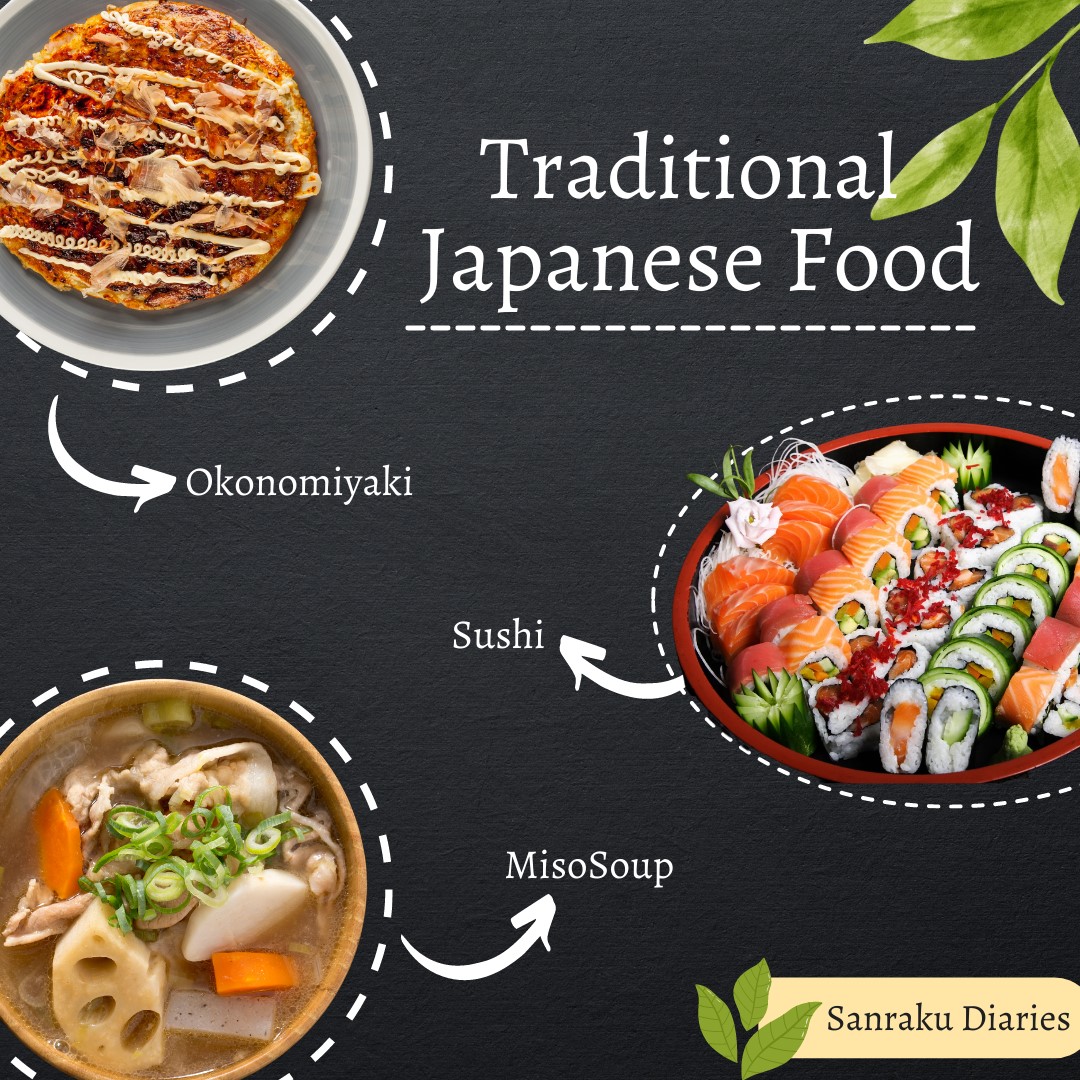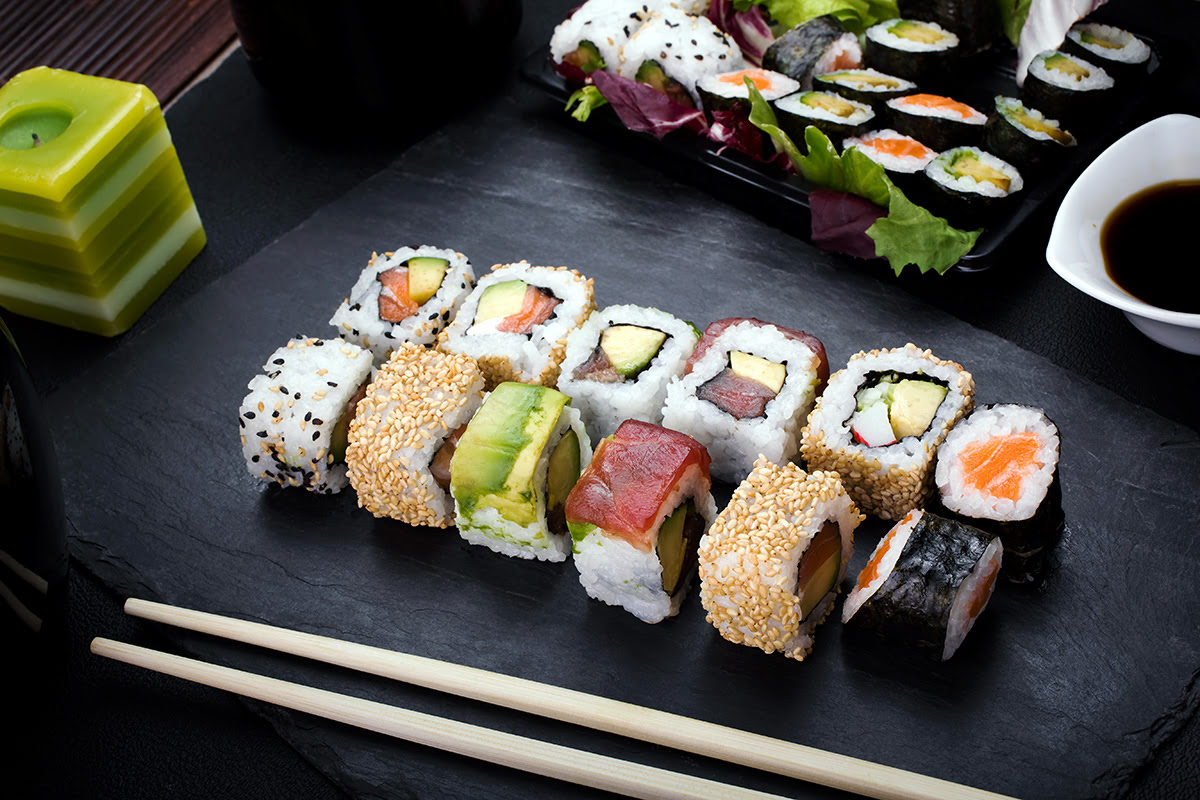Exploring Japanese Food Culture: Popular Dishes and Their Origins

Exploring Japanese Food Culture: Popular Dishes and Their Origins
Japanese cuisine, with its delicate flavors, stunning presentation, and emphasis on seasonal ingredients, has captivated the world. Beyond the renowned sushi and ramen, lies a rich and diverse culinary landscape waiting to be explored. This article delves into some of Japan’s most popular dishes, unveiling their fascinating origins and the cultural significance they hold.
Sushi: A Culinary Masterpiece with Humble Beginnings
While today synonymous with Japanese food, sushi’s journey is far from straightforward. Its origins can be traced back to Southeast Asia, where fermented fish was preserved in rice. Over time, this practice evolved in Japan, with the focus shifting from preservation to the creation of a culinary delight. The modern-day sushi we know, with its vinegared rice, fresh seafood, and intricate preparations, emerged in the 19th century. It embodies Japanese culinary principles of freshness, seasonality, and meticulous craftsmanship.
Ramen: A Bowl of Comfort and Cultural Exchange
Ramen, the beloved noodle soup, is a testament to cultural exchange. While its origins lie in China, ramen’s transformation in Japan is truly remarkable. It arrived in the late 19th century and quickly gained popularity, evolving into a national staple. The iconic broth, made from pork or chicken, and the variety of toppings, from marinated eggs to seaweed, speak to the Japanese penchant for customization and experimentation.
Tempura: A Culinary Art Form
Tempura, a dish of deep-fried seafood and vegetables, showcases the Japanese appreciation for texture and simplicity. Its origins can be traced back to Portuguese traders who introduced the technique of deep-frying to Japan in the 16th century. Today, tempura is a culinary art form, with chefs striving for crispy exteriors and tender, juicy interiors. The delicate flavors are enhanced by dipping sauces and grated radish, creating a symphony of textures and tastes.
Sashimi: The Art of Freshness
Sashimi, thinly sliced raw seafood, is a quintessential Japanese culinary experience. It is a testament to the country’s pristine waters and the mastery of preserving freshness. The meticulous preparation involves selecting the finest seafood, meticulously slicing it, and presenting it with an elegant simplicity. Each piece of sashimi is a celebration of the sea’s bounty, offering a pure and unadulterated taste.
Wagashi: Sweet Delights with a Touch of Tradition
Beyond the savory dishes, Japan boasts a rich tradition of wagashi, traditional Japanese sweets. Made from ingredients like mochi, red bean paste, and seasonal fruits, these delicate treats are both visually stunning and deeply symbolic. Their artistry reflects a deep connection to nature and the changing seasons.
Exploring Beyond the Classics
Beyond these popular dishes, Japan’s culinary scene offers endless possibilities. From the fiery flavors of okonomiyaki to the comforting warmth of oden, every region and season boasts its own unique specialties. Exploring these culinary treasures provides a deeper understanding of Japanese food culture, its history, and its enduring appeal.
The Power of Food Culture
Food plays a vital role in Japanese culture, shaping social interactions, expressing gratitude, and celebrating special occasions. Meals are more than just sustenance; they are a shared experience that fosters connection and strengthens bonds. By understanding the origins and cultural significance of Japanese cuisine, we gain a deeper appreciation for this fascinating and multifaceted culture. So, embark on a culinary journey through Japan, savor the flavors, and immerse yourself in the world of Japanese food.

